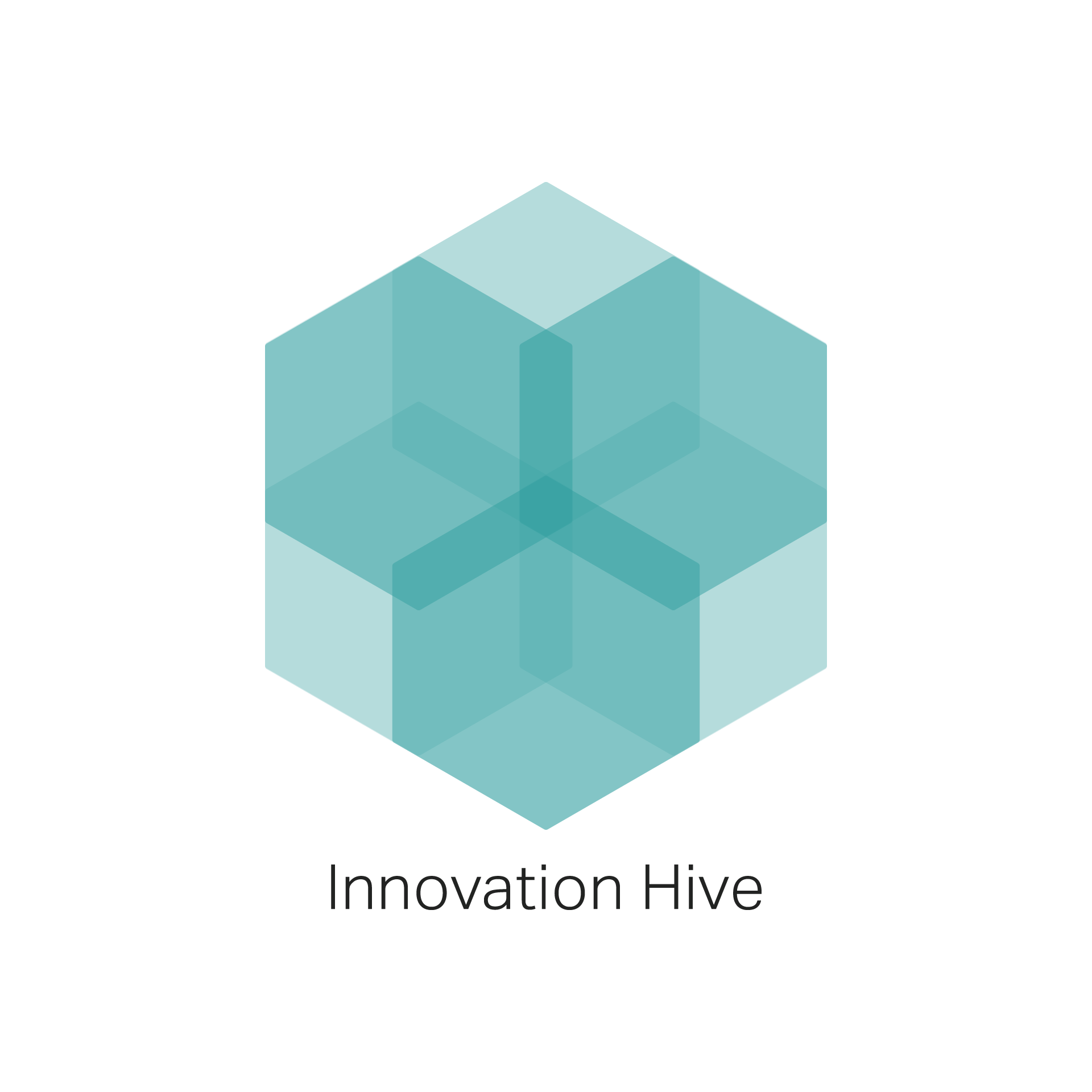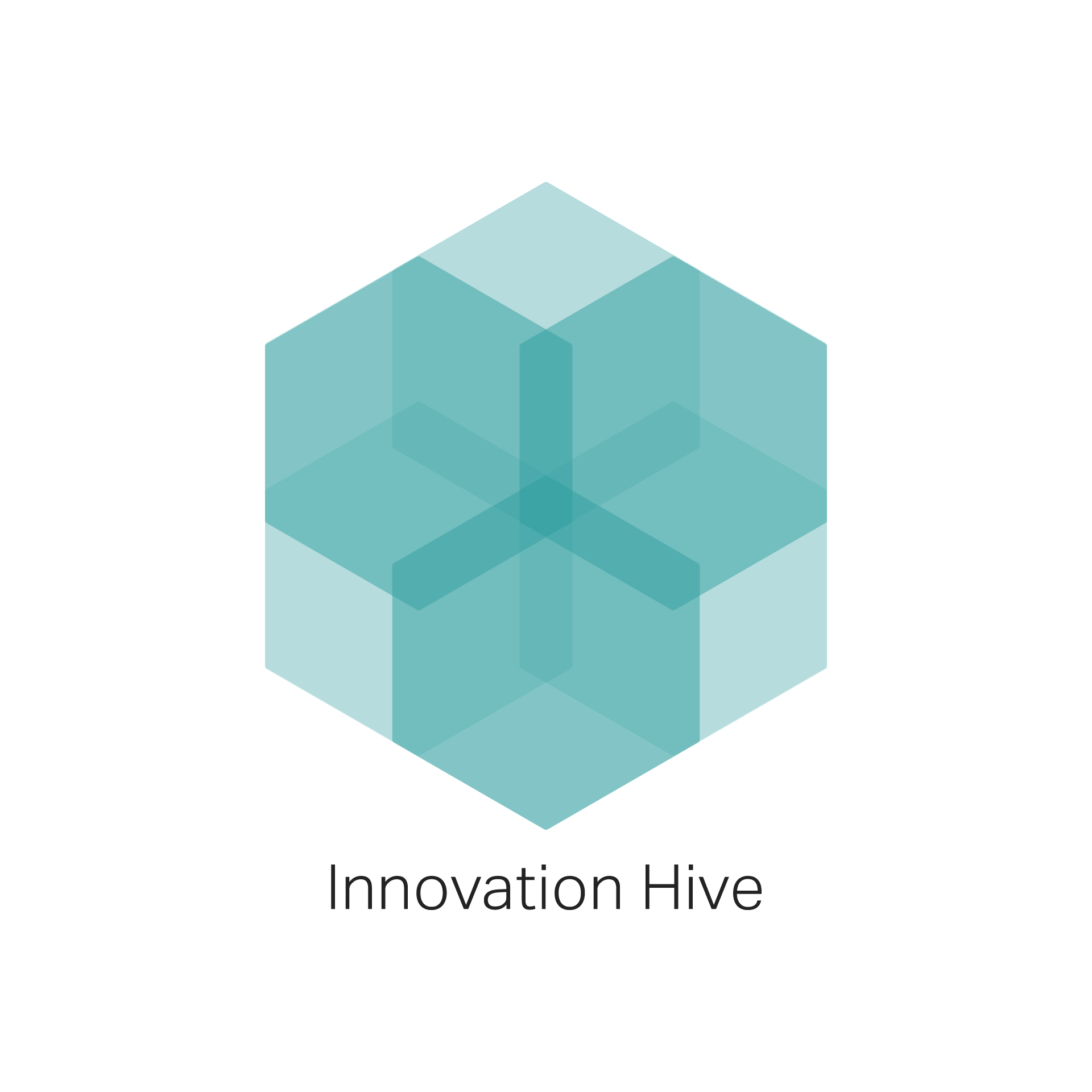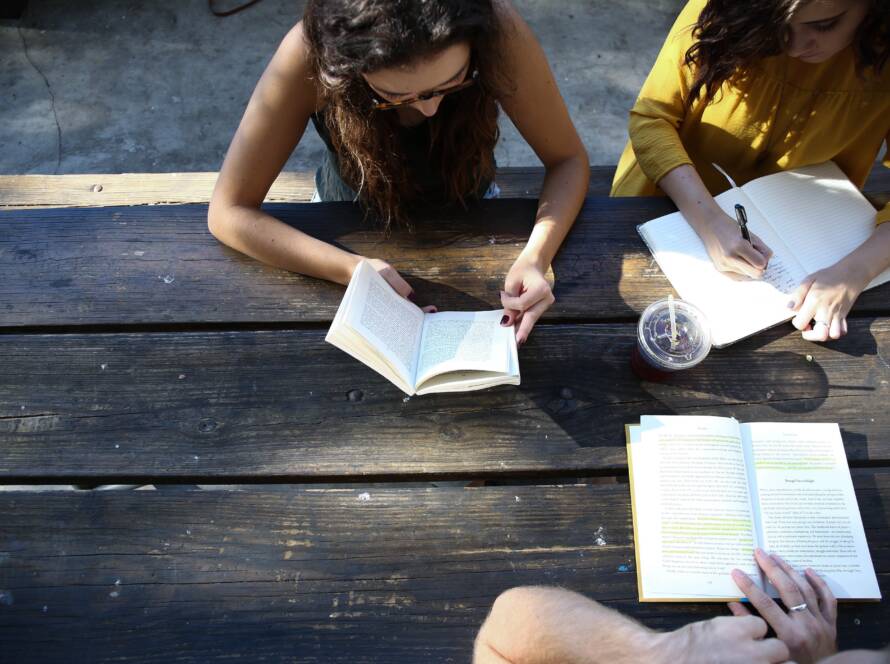Immersive technology combines virtual material with the actual world in a way that encourages the user to interact with mixed reality in a natural way. In an immersive experience, the user accepts virtual components of their surroundings as part of the whole, even becoming less aware that such elements are not part of physical reality. AR, MR and VR headsets, 3D displays, 3D audio, gesture recognition, spatial sensing, speech recognition, haptics, drones, cameras and omnidirectional treadmills are all parts of immersive technologies. According to Perkins Coie’s research, most investment in immersive technologies has been in the gaming industry, as a game is a combination of different aspects of these technologies. This is followed by the healthcare, education and manufacturing industries.
Through the use of innovative technologies, people can easily participate in all kinds of activities and gain access to cultural heritage sites. Immersive technologies can also add value in terms of promoting the inclusion of people with disabilities in cultural heritage when designed with these objectives in mind. Immersive reality opens up a whole new world of sensory experiences that can allow a person with a disability to broaden their knowledge and skills in a way that would otherwise not be possible. For example, through the VR experience, people with disabilities can participate in virtual tours of museums around the world in a way that is more suited to their specific needs.
Many countries in Europe are trying to adopt such technologies so that they can support people’s integration into the culture. In this context, the ARTWIN project was funded by the European Union in order to provide helpful insight on the matter of inclusion and accessibility to cultural heritage. Moreover, its first deliverable is a practical Guidebook that can be used by VET educators, trainers, teachers, and staff members of the partner organizations who work to support learners and enrich their methods and content so they can maximize their outcomes and expected impact. The Guidebook will be sourced by courses, training, workshops, conferences, etc. initiatives of any kind that aims to tackle the problem in the partner countries.
The Guidebook is already finished and it will soon be available in five languages (English, Latvian, Italian, Greek, Finnish) at the projects’ website. In the coming months the next project outputs will be developed. More specifically, the second outcome, which is a toolbox that will provide knowledge and practical tools for use in the world of work, and the third outcome, which is an e-learning platform that will host all the training materials and tools that make up the training programme in a harmonised format so that they can be easily used.
Lear more about the project here: https://artwin-euproject.eu/



